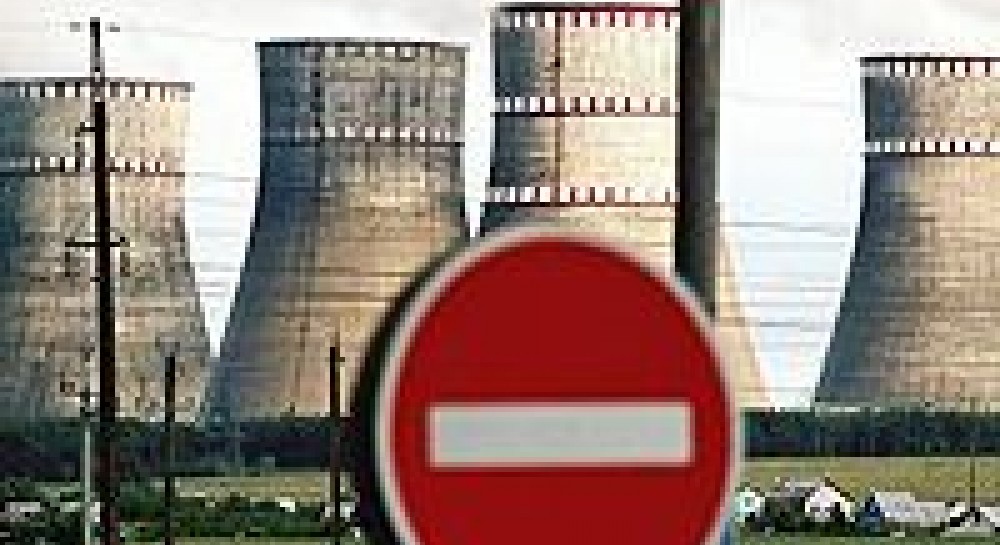
Energy shortages hit former Soviet states
In a remote corner of Hungary close to the Ukrainian border engineers are starting work on construction of the biggest power station in the former communist states of south-east Europe since the fall of the Berlin Wall...
In a remote corner of Hungary close to the Ukrainian border engineers are starting work on construction of the biggest power station in the former communist states of south-east Europe since the fall of the Berlin Wall.
The first pair of 400MW units at the ?1.5bn ($2.3bn, £1.2bn) plant at Nyírtass are due on stream in 2011, with another four due for completion in 2013.
“Hungary suffers from a severe energy shortage as a result of a large stock of older, low-efficiency power stations,” says Istvan Goczi, chief executive of Emfesz, a power distributor. “The modern 2,400MW power station we are building on the Ukrainian border will help bridge this gap and also allow us to export to the Balkans, turning Hungary into a net energy exporter.”
The region’s overloaded energy network is causing widespread problems. Hungarian companies complain about the high cost of electricity, while there are frequent black-outs in Albania, the region’s poorest state, and newly independent Kosovo. Macedonia also suffers sporadic interruptions.
In Bucharest, Romania’s capital and the sixth largest city in the EU, water supply pumps and air conditioners cut out at awkward moments.
“We face a growing [regional] electricity shortage,” says Vuk Hamovic, chairman of EFT, the largest electricity trader in the former Yugoslav states. A study published last year by KPMG, the management consultancy, concludes that “major investments” are needed in generation, transmission, distribution and energy efficiency.
South-east Europe and Hungary emerged from communism with a big electricity sector built to serve the heavy industry that slumped after 1989, leaving a surplus. But since 2000 surging growth has pushed demand above socialist-era levels.
Meanwhile, the European Union forced Bulgaria to reduce output at the Kozluduy nuclear power station, one of the region’s largest generators.
“The closure of these four nukes brought all the problems out into the open,” says Pandita Parshad, director of energy utilities at the European Bank for Reconstruction and Development.
Under the European Energy Community Treaty, signed in 2005 by the EU and the states of south-east Europe, countries are encouraged to supply each other with electricity in times of need, with Romania and Bulgaria the principal exporters. In practice, legal arguments and a lack of cross-border connections, compounded in the former Yugoslav states by the legacy of war, mean international electricity trade does not cover all local shortfalls.
Recent mild winters have helped utilities to cope. But the pressure is relentless: economists forecast annual consumption increases of 3 per cent, assuming the region’s economies continue to expand at the current rate of 5-6 per cent.
Distribution is mostly privatised – except in Serbia – but governments retain significant control of generating capacity in most countries, ranging from 50 per cent in Bulgaria to more than 90 per cent in former Yugoslav states. Relations between regulators, generators, distributors and consumers are far from smooth
The region’s governments are reforming the power industry to encourage private investors. Investment has been growing steadily and has seen modest gas-fired plants being built in Hungary, improvements at the Maritsa East coal and electricity complex in Bulgaria, and a 700MW reactor coming on stream last year at Romania’s Cernavoda.
EU-supported investment is also going into crossborder transmission lines.
But the bigger projects are still in the pipeline. In Romania, a consortium including the state nuclear company and foreign utilities was formed this year to build two more 750MW reactors at Cernavoda.
In Bulgaria, the authorities plan a two-reactor nuclear plant at Belene, near the Romanian border, in a ?4bn ($6.2bn, £3.1bn) project to be built by Russia.
In Kosovo, the authorities are struggling to modernise existing capacity and secure investors for a power station to burn the country’s huge lignite resources.
The World Bank estimates that total new investment in the region, excluding Hungary, to 2020 could be about ?9.5bn, plus ?5.8bn in rehabilitation costs for existing plants. However, the difficulty is that these big investments are not due to come on stream before 2011.
Mr Hamovic at EFT says: “There will be no relief until 2013. Based on estimated production and consumption for the next five years, this region will face shortages, and price will go up as a result.”
By Stefan Wagstyl, Thomas Escritt, Kester Eddy, Theo Troev and Neil MacDonald
The Financial Times
